Like a phoenix rising from the ashes, sustainable investing is altering the financial landscape, and you might want to pay attention to this evolution. With 81% of investors now factoring in ESG elements, it's clear that change is afoot. Regulatory shifts and technological advancements are reshaping how investment strategies are crafted, but that's just the beginning. As exclusionary screening becomes more prevalent, you may wonder how these trends will impact your portfolio and the broader market. What's driving this momentum, and where might it lead us next?
Key Takeaways
- The US sustainable investment market is projected to grow rapidly, with 73% of investors expecting increased demand for ESG investments.
- Stewardship policies now cover 79% of US market assets, demonstrating a significant shift toward responsible investing practices.
- Investors are increasingly focusing on climate-related strategies, particularly supporting SDG 13 (Climate Action) and SDG 7 (Affordable and Clean Energy).
- The use of exclusionary screening, especially against fossil fuels, is prioritized by 68% of investors as part of sustainable investment strategies.
- Emerging regulations and technological advancements are enhancing transparency and accountability in ESG metrics, reducing the risk of greenwashing.
Sustainable Investment Market Overview
As the demand for sustainable investment options continues to rise, it's clear that the market is on the brink of significant growth.
The US sustainable investment market is projected to expand rapidly, with 73% of investors anticipating this increase. Currently, $6.5 trillion, or 12% of total US assets under management, is directed toward ESG investments.
This surge in client demand, alongside regulatory changes and advancements in data analytics, drives this growth. A focus on impact investing and sustainability-themed strategies is also gaining traction, with 36% of respondents emphasizing their importance.
Additionally, stewardship policies now cover a remarkable 79% of US market assets, highlighting a shift towards responsible investing that prioritizes both financial performance and positive societal impact.
Stewardship and Corporate Engagement
The rise of sustainable investment has brought stewardship and corporate engagement to the forefront of the conversation.
Today, 79% of US market assets, totaling $41.5 trillion, are guided by stewardship policies that emphasize responsible investment practices.
Corporate engagement strategies play an important role in aligning companies with ESG goals, demanding transparency and accountability.
As an investor, your active participation in shareholder advocacy guarantees that companies adhere to sustainable practices.
This active involvement isn't just beneficial; it's vital for effective policy implementation.
The focus on stewardship highlights a trend toward integrating sustainability into investment decisions, ultimately aiming for long-term value creation for all stakeholders.
Embracing these principles will help you drive meaningful change in the investment landscape.
Climate Focus and Sustainable Goals

While climate change increasingly dominates investment strategies, it's essential for you to recognize the growing importance of aligning your portfolio with Sustainable Development Goals (SDGs).
Investors are focusing on climate action and the clean energy shift, particularly SDG 13 and SDG 7. Your investment strategies should reflect both short-term gains and long-term environmental priorities, emphasizing sustainable development.
Consider supporting carbon reduction initiatives and nature restoration projects, as they demonstrate the interconnectedness of climate action and biodiversity.
With an urgent need for over USD 6 trillion annually until 2030, funding sustainable projects is vital.
Evolving Investment Strategies
Investors are increasingly adopting innovative strategies that integrate sustainability into their portfolios, reflecting a shift in priorities.
ESG integration has become the norm, with 81% of you incorporating sustainability factors into your investment decisions. Exclusionary screening is also popular, especially fossil fuel exclusions, which 68% of investors prioritize.
As you look to the future, hands-on investment strategies are essential, especially for the changeover to low-carbon energy solutions, which will require over USD 6 trillion annually by 2030.
Sustainable bonds, including green and sustainability-linked options, are set to grow considerably, fueled by favorable interest rates and demand from institutional investors.
Stay ahead of market trends by embracing these evolving sustainable investment strategies to align your portfolio with your values.
Community Development Finance Institutions

Community Development Finance Institutions (CDFIs) have experienced explosive growth, with assets soaring by 615% since 2014 to reach an impressive $458 billion in 2023.
These institutions focus on sustainable investing by providing essential financial services to underserved communities, enhancing economic equity and social equity.
By targeting financial exclusion, CDFIs make impactful investments in diverse asset classes, including microfinance, affordable housing, and renewable energy projects.
Their commitment to these initiatives not only promotes asset growth but also strengthens the economic landscape for marginalized populations.
As you consider sustainable investing options, remember that CDFIs are vital players in promoting enduring change.
Keep an eye out for the upcoming US SIF Special Focus Report in 2025, which will shed more light on their significant contributions.
ESG Regulations and Compliance
As the landscape of sustainable investing evolves, understanding ESG regulations and compliance becomes essential for market participants.
In 2025, Europe's ESG regulations will be critical, shaping sustainable finance guidelines and improving disclosure practices.
In the U.S., you might see a rollback of ESG initiatives, particularly under stricter fiduciary rules that prioritize financial returns over climate change considerations.
Emerging regulations are now requiring public companies to disclose ESG metrics, increasing scrutiny to combat greenwashing.
This push for standardized reporting frameworks globally will help align investment practices across markets.
Technological Advancements in Investing

With ESG regulations shaping the future of sustainable finance, technological advancements are playing a pivotal role in enhancing investment strategies.
You'll find that AI and data analytics are revolutionizing how you assess sustainability metrics, revealing significant ESG risks tied to climate change and social issues.
Blockchain technology adds another layer of transparency, ensuring trustworthy reporting in sustainable supply chains.
Meanwhile, fintech solutions are emerging as innovative financial tools, providing digital platforms that simplify access to ESG investment opportunities.
These advancements enable you to measure and track ESG performance more effectively, equipping you to make informed and responsible investment decisions.
Adopt these technologies to enhance your sustainable investing experience and contribute to a more accountable financial landscape.
Frequently Asked Questions
What Are the Trends of Sustainable Investing?
You'll notice trends in sustainable investing focusing on green finance, impact investing, and renewable energy. Ethical banking, carbon credits, and sustainable agriculture are gaining traction, promoting climate resilience, a circular economy, and eco-friendly products for conscious investors.
What Are the Latest Trends in ESG?
You'll notice ESG trends like green bonds and impact investing gaining traction. Investors focus on ethical portfolios, assess ESG metrics, and champion renewable energy while tackling climate risk through carbon credits and shareholder activism.
What Is the Future of Sustainable Investing?
The future of sustainable investing's bright, as you adopt impact investing, green bonds, and ethical funds. You'll prioritize renewable energy, carbon credits, and social responsibility while mitigating climate risk through ESG metrics and shareholder activism.
What Are the Top Investment Trends in 2025?
In 2025, you'll see green bonds surge, renewable energy investments grow, and impact investing thrive. Expect a focus on circular economy, social equity, climate finance, and biodiversity conservation, alongside strong ESG integration and sustainable agriculture practices.
Conclusion
Sustainable investing isn't just a trend; it's a revolutionary force driving the future of finance. Envision planting a tree: each investment you make nurtures a future where businesses thrive responsibly. With 81% of investors now prioritizing sustainability, it's clear that the financial landscape is evolving. Embracing ESG factors, engaging in stewardship, and supporting sustainable bonds not only aligns with our values but also leads to a greener, more equitable world. Now's the moment to invest in tomorrow.
